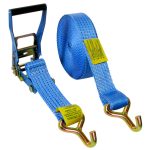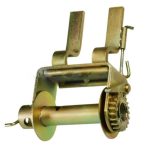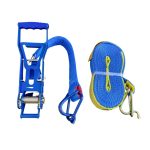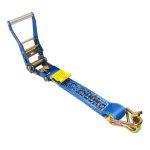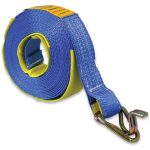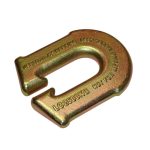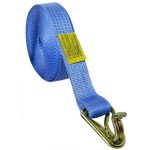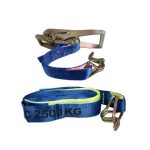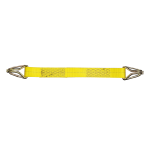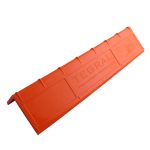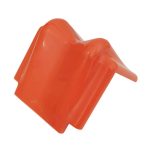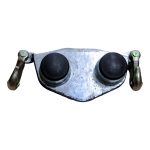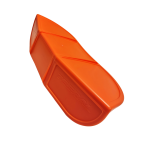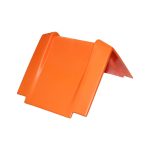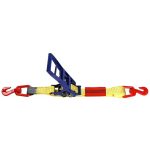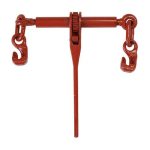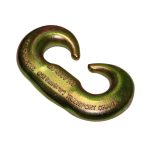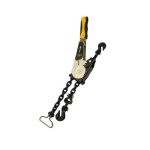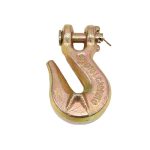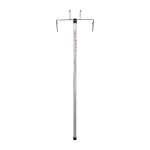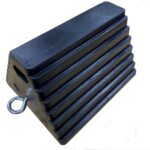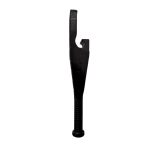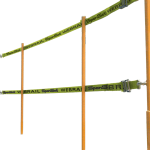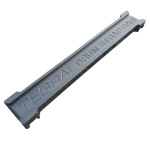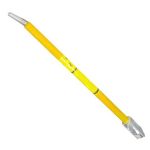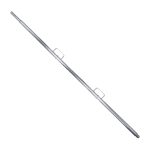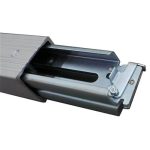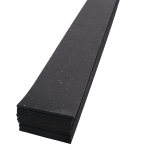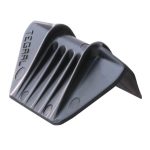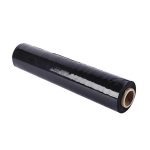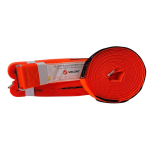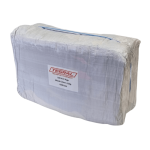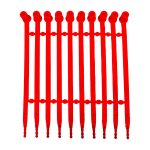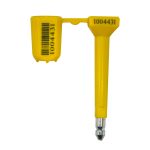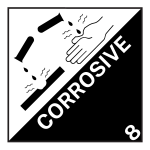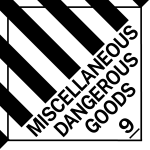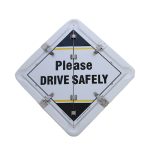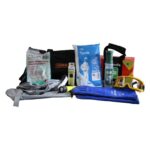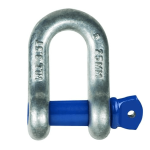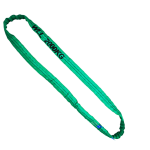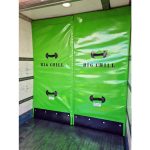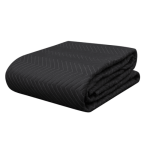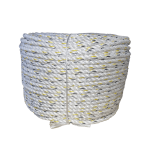When transporting freight, securing your load properly is essential for safety and compliance. The right load restraint system ensures your cargo remains stable and does not shift during transit, reducing the risk of accidents or damage.
Selecting the correct restraint method depends on your load type and vehicle design. There are two primary methods for load restraint:
- Tie-Down Restraint – Uses lashings and friction to secure the load.
- Direct Restraint – Includes containing, blocking, or attaching the load to prevent movement.
Each method has its specific applications, and in some cases, a combination of both may be necessary to meet Performance Standards.

Understanding Load Restraint Methods
1. Tie-Down Restraint
This method relies on the weight of the load combined with tie-down lashings to keep the cargo in place. The effectiveness depends on:
- The weight of the load
- The number and capacity of lashings
- Whether the load is blocked or unblocked
- The friction between the load and the vehicle deck
For example, loads with high friction, such as rough timber, are more effectively secured using tie-down methods than slippery loads.
2. Direct Restraint Methods
Direct restraint prevents movement by securing the load in a fixed position. This includes:
- Containing: Using tankers or tipper bodies to fully enclose the load.
- Blocking: Placing headboards, side gates, or tail gates to prevent shifting.
- Attaching: Securing the load with twist locks or direct lashings to prevent movement.
Direct restraint is particularly suitable for loads that are difficult to tie down, such as:
- Slippery loads that have little friction with the deck
- Loads on wheels, which may roll without proper containment
Best Practices for Load Restraint
To ensure effective load restraint, follow these key guidelines:
- Use enough lashings of the correct capacity when using tie-down restraint.
- Opt for direct restraint when dealing with loads that are difficult to secure with tie-downs.
- Use load-rated headboards and side/tail gates when blocking a load.
- Ensure contained loads cannot shift within the vehicle’s structure.
- Always meet Performance Standards to comply with safety regulations.
Conclusion
Choosing the right load restraint system is critical for transport safety and efficiency. Whether using tie-down or direct restraint methods, ensuring your load is properly secured prevents shifting, reduces the risk of accidents, and keeps both your cargo and others on the road safe. By understanding the different restraint techniques and applying best practices, you can maintain compliance and deliver goods securely every time.
Check out our YouTube Channel
You May Also be Interested In
7 Reasons Why Load Shift Happens | How To Prevent Load Shift
Where to buy Steel Transport Gear | Tegral’s Full Range
Tegral Pallet Angles – Tougher Than the Rest
How to Properly Restrain Vehicles and Mobile Equipment for Transport





